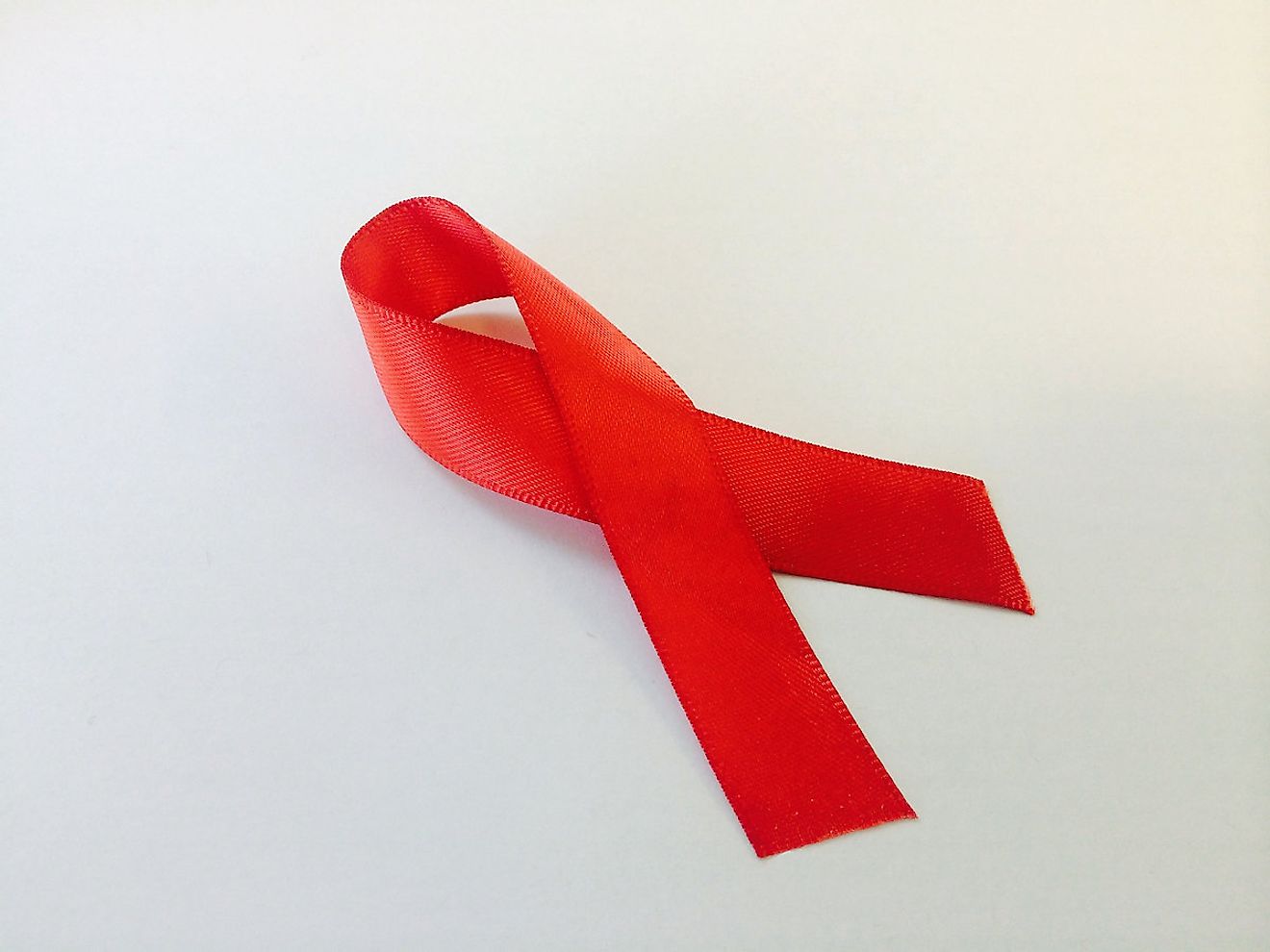10 Pandemics Throughout History

- Smallpox was declared eradicated in 1980 following a global immunization program led by the World Health Organization.
- Severe acute respiratory syndrome (SARS) is a viral respiratory illness caused by a coronavirus called SARS-associated coronavirus (SARS-CoV).
- According to the CDC, cholera, caused by the bacteria Vibrio cholerae, is rare in the United States and other industrialized nations.
The coronavirus pandemic isn’t the first to hit the human civilization. Throughout history there have been numerous pandemics, others much worse than COVID-19, that claimed the lives of thousands even millions of people. Ever since humans learned to live in groups forming communities where they live close to each other and also travel across the seas, the world has seen numerous diseases spread like wildfire. Here are ten pandemics that plagued humans in the past.
10. Antonine Plague (165 AD-180 AD)

Also known as the Plague of Galen, it was an ancient pandemic that broke out across the Roman Empire, through Asia, all Roman cities in Italy, and Greece. Eventually, it reached Spain, Egypt, and North Africa among other areas. At the height of the pandemic, it killed 2,000 people per day. Many believe that it was caused by smallpox and measles.
9. The Black Death (1347-1352)

It was the deadly pandemic that swept through Europe and Asia among other continents and killed an estimated 25 million people in Europe. Aside from having fever and chills, those afflicted also had blood and pus seeping out of swellings all over the body.
8. Small Pox Pandemic (1870-1874)

Before the world completely rid itself of this horrendous disease, it swept through continents killing three out of ten victims. Those who survived were left with deep scars which were even found in 3000-year-old mummies, showing that it ravaged ancient civilizations for thousands of years. But it was in 1870 during the Franco-Prussian war that smallpox spread throughout the world. From Europe, it reached Asia through America causing 500,000 deaths worldwide.
7. Cholera (1871-1824)

The first of seven cholera pandemics emerged in India in 1817. According to the World Health Organization cholera is an acute diarrheal infection caused by the ingestion of food or water contaminated with the bacterium Vibrio cholerae. Three years after it spread throughout India it reached different countries in Asia. In 1821 it was brought by British troops traveling from India even to countries outside Asia.
6. Russian Flu of 1889 (1889-1890)
![The 12 January 1890, edition of the Paris satirical magazine Le Grelot [fr] depicted an unfortunate influenza sufferer bowled along by a parade of doctors, druggists, skeleton musicians and dancing girls representing quinine and antipyrine](/r/w1200/upload/11/fe/9a/everyone-has-influenza-the-round-of-doctors-and-druggists.jpg)
Called the first-ever modern flu pandemic, the Russian flu which started in St. Petersburg, spread through Europe infecting even prominent world leaders. After a few months, it reached virtually every part of the planet. An estimated 1 million people died of the Russian flu.
5. Spanish Flu (1918-1919)

The Spanish Flu of 1918 is considered the deadliest in history, infecting 1/3 of the world’s population and killing 20 to 50 million people worldwide. It came in three waves. The first wave was almost like the common flu and hit in the spring of 1918. The second wave that appeared in the fall of the same year was deadlier. It killed people within hours or a few days after the onset of symptoms. The third wave that came the following year was just as deadly and added more to the death toll.
4. H3N2 Pandemic (1968)

The 1968 flu pandemic was caused by the influenza H3N2 virus. Although relatively not as deadly, the virus was highly contagious that it spread throughout Southeast Asia within two weeks after it first emerged in Hong Kong in July 1968. By December the virus has reached The United States, United Kingdom, and other countries in Europe. It killed an estimated one million people.
3. HIV/AIDS (1981)

The first case of acquired immunodeficiency syndrome (AIDS) was reported in 1981. Since then HIV (Human Immunodeficiency Virus) has spread globally infecting more than 65 million people according to the Centers for Disease Control and Prevention. There is still no known cure for this sexually transmitted disease but there are already treatments that keep the virus under control allowing people to live longer.
2. SARS (2002-2004)
Severe Acute Respiratory Syndrome (SARS) was first reported in Guangdong, China in February 2003 although experts believe it started in China as early as November 2002. After a few months, it spread throughout countries in North America, South America, Europe, and Asia. It infected 8,098 people worldwide and killed 774 people. The disease caused high fever, body aches, and dry cough which then led to pneumonia in some cases.
1. COVID-19 Pandemic 2019

Coronavirus is believed to have originated in Wuhan in China, the virus spread throughout Europe, the rest of Asia, North America and virtually every part of the world within months since it emerged in late 2019. It inflicted over 2 million people and killed hundreds of thousands worldwide.







